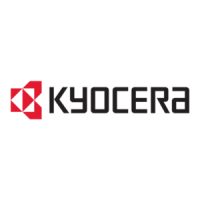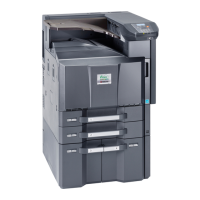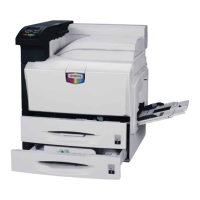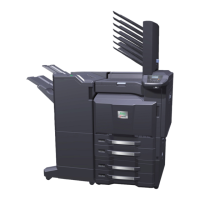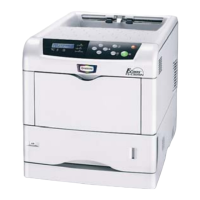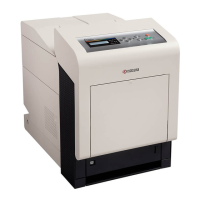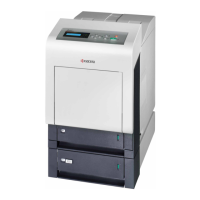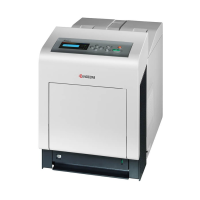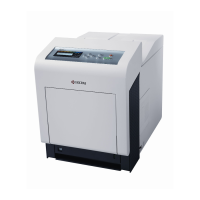Imaging
1
In the Imaging tab, in the Print Quality list, select Custom.
2
Click EcoPrint to open the EcoPrint dialog box.
3
To start EcoPrint, select On; to stop it, select Off.
4
Click OK to close the EcoPrint dialog box.
Trapping
In color printing, color inks or toners are applied separately to a page. A color
image has its component colors applied in color separations of cyan, magenta,
yellow and black. These color separations must be aligned (registered)
precisely to produce a quality full color image. During printing, the paper or
media type may shift slightly. While the shift might be very small, the gaps
between the colors in the image can be noticeable. Color trapping corrects it by
overlapping colors slightly so that minor alignment issues are corrected.
To use trapping in a document, select a value for the print overlap pixel width:
Light, 0.5 pixel trapping; Medium, 1 pixel trapping; Heavy, 1.5 pixels trapping;
Very Heavy, 2 pixels trapping.
Note: Trapping is not available when PCL 5c or PDF is selected as the PDL.
Fonts
A computer font is a data file containing a set of glyphs (visual representations
of textual elements), characters, or symbols. Common terms for fonts are:
Bitmap fonts define each character as a pattern of pixels (the smallest
resolvable rectangular areas of an image). Such fonts are not easily scalable
and distort when reduced or enlarged.
Outline fonts, in contrast to bitmap fonts, are defined as a set of
mathematical lines and curves. An outline font is more easily scalable
(designed to display and print clearly at any point size) than a bitmap font.
Native fonts are the basic or original fonts installed with the computer
operating system. TrueType fonts are the native fonts used by Microsoft
Windows.
TrueType fonts are a type of scalable outline fonts. TrueType has long been
the most common format for fonts on Microsoft Windows.
System fonts are the primary fonts used by the operating system. They are
typically accessed through an application interface or through a common font
dialog box.
Device fonts are stored either permanently or temporarily in the printing
system memory.
Font Settings
The Font Settings dialog box lets you specify how TrueType fonts are sent to
the printing system. The chosen method affects the speed and quality of the
print job:
Download as outlines
This method is best suited for large documents or print jobs using multiple
fonts and font sizes. Print speeds are faster because of the optimization
User Guide
7-2
